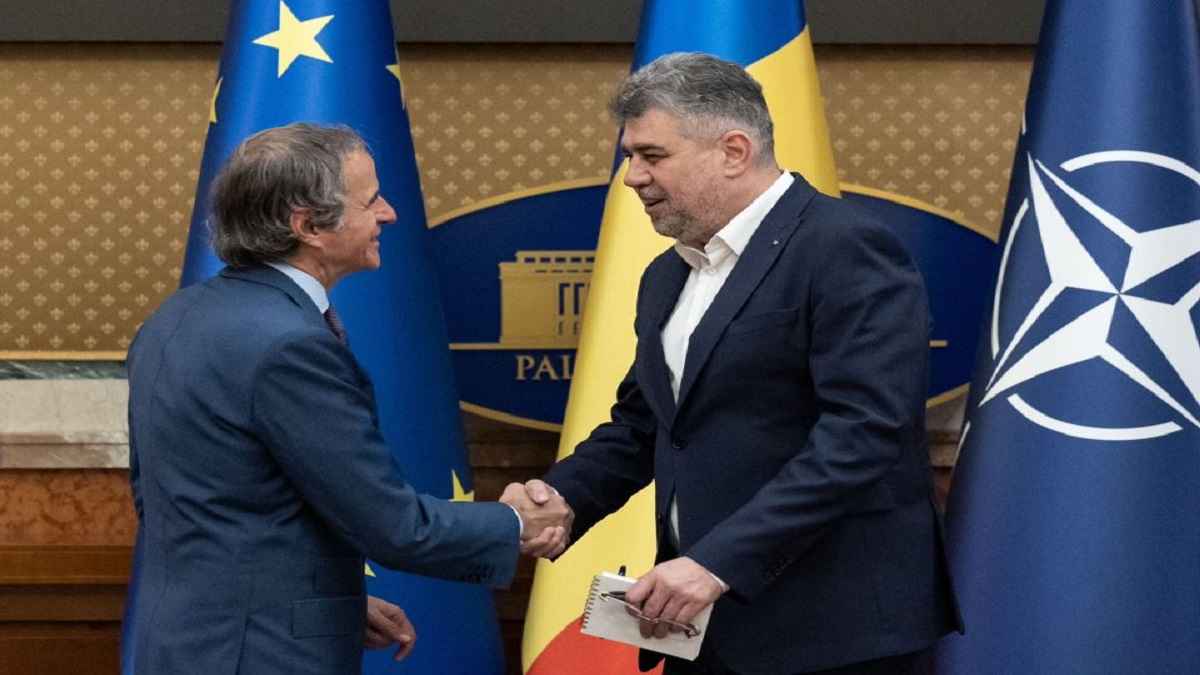In a major step toward enhancing global nuclear safety, the International Atomic Energy Agency (IAEA), in collaboration with Romania, is organizing the largest international nuclear emergency preparedness exercise ever conducted. Titled ConvEx-3 (2025), this high-stakes simulation will unfold from June 24, centering on a hypothetical severe accident at Romania’s Cernavodă Nuclear Power Plant. With over 75 countries and 10 international organizations involved, the world is uniting in a shared mission: ensuring readiness in the face of nuclear crises.
Why ConvEx-3 Matters
The core objective of ConvEx-3 is to test international response mechanisms to nuclear or radiological emergencies. It’s designed to evaluate real-time decision-making, communication efficiency, and international cooperation in cross-border scenarios. The exercise is not just a test—but a demonstration of global solidarity in nuclear emergency management.
Romania’s Role: Then and Now
Romania is no stranger to hosting critical nuclear drills. It last held the ConvEx-3 exercise in 2005. Now, two decades later, it again stands at the forefront of global nuclear safety leadership. The exercise focuses on the Cernavodă plant, Romania’s sole nuclear facility, strategically located near the Black Sea.
A Truly Global Effort
The scope of participation in ConvEx-3 (2025) is unprecedented. More than 75 nations and 10 international bodies will take part. National emergency centers will be activated, and the IAEA’s Incident and Emergency Centre (IEC) will coordinate efforts using platforms such as:
- Unified System for Information Exchange (USIE)
- International Radiation Monitoring System (IRMIS)
These tools will enable seamless data sharing and real-time updates during the drill.
Simulating a Crisis: The 36-Hour Challenge
Spanning 36 hours, the simulation includes a wide range of realistic emergency scenarios such as:
- Evacuations of affected populations
- Distribution of iodine tablets
- Public information and media outreach
- Assessment and restriction of contaminated food and trade items
The emphasis is on managing radiological consequences and ensuring timely public safety actions.
Built on International Agreements
ConvEx-3 is rooted in two foundational international treaties:
- Early Notification Convention
- Assistance Convention
These frameworks ensure countries work together when nuclear incidents cross borders. ConvEx exercises are divided into three levels, with ConvEx-3 being the most advanced, testing all aspects of nuclear emergency preparedness.
Multilateral Coordination at Its Best
The Inter-Agency Committee on Radiological and Nuclear Emergencies (IACRNE) plays a central role in the planning and execution of ConvEx-3. It brings together key international partners such as the:
- World Health Organization (WHO)
- INTERPOL
This collaborative network allows for multisectoral responses, combining health, security, and environmental expertise.
The Bigger Picture: Strengthening Global Safety
ConvEx-3 (2025) is more than just a simulation—it’s a reminder of the shared responsibility to uphold nuclear safety in an interconnected world. As nuclear technology evolves and expands, so must our collective readiness. Exercises like these reinforce the need for transparent communication, robust frameworks, and unwavering cooperation to protect both humanity and the environment.



